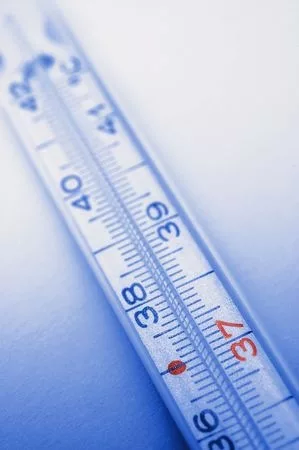Study: Here’s Why Consumers Don’t Use Thermometers When Cooking

According to a study conducted by researchers at Purdue University, few people use thermometers when they cook—even if they know how.
One of the major reasons that consumers don’t use thermometers, researchers found, is because they tend to draw inspiration from outside sources—celebrity chefs, cookbook authors, magazines, restaurant managers, and food blogs. These outlets rarely ever mention or demonstrate the importance of cooking food to proper temperatures.
“We see that celebrity chefs simply rely on time estimates in their recipes or cut through the meat to show there is no blood or pink. That doesn’t always mean the food is safe, however,” says Yaohua "Betty" Feng, an assistant professor of food science at Purdue. “That affects the behaviors of home cooks and professional cooks. If their role models aren’t using thermometers, why should they? But if chefs preparing food on television or social media would include the use of a thermometer to ensure the food is thoroughly cooked, it would have an impact on their viewers.”
Feng worked with University of California’s Christine M. Bruhn to analyze 85 studies from over two decades to understand knowledge, attitudes, and behaviors associated with thermometer use. Despite it being considered a best practice in home and professional kitchens, thermometer use is low.
In one study, two-thirds of people reported owning a meat thermometer, but less than 20 percent used it all the time to check the temperature of chicken, and less than 10 percent used it all the time for hamburgers. About half of consumers say that thermometers aren’t necessary to check the doneness of egg or meat dishes.
Feng also noted that many people are unsure which type of thermometer to buy or how to correctly use them, including where to place the thermometer in the food, the correct endpoint temperatures, proper temperature calibration for the thermometer, and proper cleaning and sanitation. About 95 percent of people in one study did not clean their thermometers after use.
The U.S. Department of Agriculture National Institute of Food and Agriculture’s Agriculture and Food Research Initiative supported this research. The results were published in the Journal of Food Protection in January 2019.
Looking for quick answers on food safety topics?
Try Ask FSM, our new smart AI search tool.
Ask FSM →








